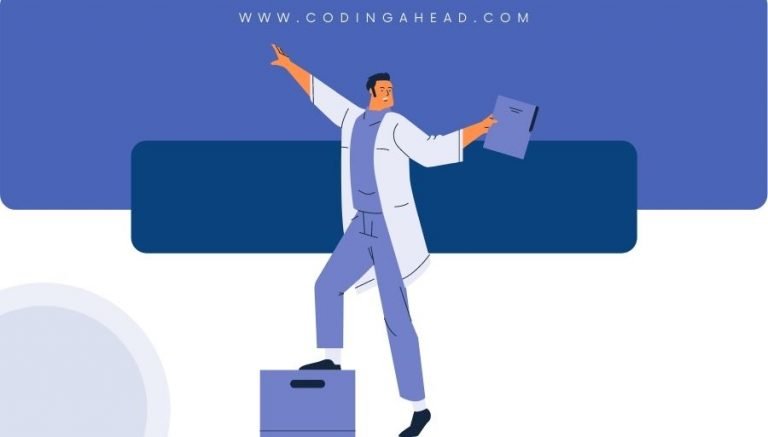How To Use CPT Code 92083
CPT 92083 is a code used for visual field examination, specifically for extended examinations. This article will cover topics such as the description, procedure, qualifying circumstances, when to use the code, documentation requirements, billing guidelines, historical information, similar codes, and examples of CPT 92083 procedures.
1. What is CPT 92083?
CPT 92083 is a code used by medical professionals to bill for an extended visual field examination, which involves assessing a patient’s peripheral vision using various testing methods. This examination is crucial for diagnosing and treating various eye conditions and monitoring the patient’s progress.
2. 92083 CPT code description
The official description of CPT code 92083 is: “Visual field examination, unilateral or bilateral, with interpretation and report; extended examination (eg, Goldmann visual fields with at least 3 isopters plotted and static determination within the central 30?, or quantitative, automated threshold perimetry, Octopus program G-1, 32 or 42, Humphrey visual field analyzer full threshold programs 30-2, 24-2, or 30/60-2)”
3. Procedure
The 92083 procedure involves the following steps:
- The patient is positioned comfortably in front of the testing equipment.
- The provider selects the appropriate testing method, such as Goldmann visual fields or automated threshold perimetry.
- The patient’s vision is fixed on a stationary point while the test is conducted.
- The provider moves a light or uses a computer-controlled stimulus to assess the patient’s peripheral vision.
- The patient indicates when they can see the light or stimulus.
- The provider records the results and plots the patient’s visual field.
- The provider interprets the results and prepares a report.
4. Qualifying circumstances
Patients who are eligible to receive CPT code 92083 services are those experiencing symptoms or conditions that may affect their peripheral vision. These may include, but are not limited to, glaucoma, retinal disorders, optic nerve disorders, and neurological conditions. The provider must determine that a visual field examination is necessary for diagnosis, treatment, and prognosis.
5. When to use CPT code 92083
It is appropriate to bill the 92083 CPT code when an extended visual field examination is required to diagnose or monitor a patient’s eye condition. This may be due to the presence of symptoms, a change in the patient’s condition, or as part of ongoing management and treatment.
6. Documentation requirements
To support a claim for CPT 92083, the provider must document the following information:
- The patient’s medical history and symptoms related to their eye condition.
- The reason for the visual field examination, including its necessity for diagnosis, treatment, and prognosis.
- A detailed description of the testing method used and the results obtained.
- The provider’s interpretation of the results and any recommendations for further treatment or management.
7. Billing guidelines
When billing for CPT code 92083, it is important to follow the appropriate guidelines and rules. This includes not appending modifiers LT (Left side), RT (Right side), or 50 (Bilateral procedure) when reporting bilateral visual fields, as Medicare considers these codes inherently bilateral. If the service is performed on just one side, the appropriate modifier should be appended, and the payment may be reduced.
8. Historical information
CPT 92083 was added to the Current Procedural Terminology system on January 1, 1990. There have been several updates to the code’s description since then, with the most recent change occurring on January 1, 2004.
9. Similar codes to CPT 92083
Five similar codes to CPT 92083 include:
- CPT 92081: This code is used for limited visual field examinations, which involve less extensive testing methods than CPT 92083.
- CPT 92082: This code is for intermediate visual field examinations, which use at least 2 isopters for testing and are more sensitive than CPT 92081.
- CPT 0378T: This code is for visual field assessment by patient-activated data transmission to a remote surveillance center.
- CPT 0379T: This code is also for visual field assessment by patient-activated data transmission to a remote surveillance center, but with a different testing method.
- CPT 99201: This code is not specific to visual field examinations but is an example of a code used for evaluation and management services in an outpatient setting.
10. Examples
Here are 10 detailed examples of CPT code 92083 procedures:
- A patient with a history of glaucoma requires an extended visual field examination to monitor their condition and adjust their treatment plan.
- A patient with a retinal disorder experiences a sudden change in their peripheral vision, prompting the provider to perform a CPT 92083 examination.
- A patient with an optic nerve disorder undergoes a CPT 92083 examination as part of their ongoing management and treatment.
- A patient with a neurological condition that may affect their peripheral vision requires a CPT 92083 examination to assess the extent of their visual field loss.
- A patient with a history of eye trauma undergoes a CPT 92083 examination to evaluate the impact of the injury on their peripheral vision.
- A patient with unexplained visual disturbances undergoes a CPT 92083 examination to rule out underlying eye conditions.
- A patient with a family history of glaucoma undergoes a CPT 92083 examination as part of a comprehensive eye evaluation.
- A patient with diabetes undergoes a CPT 92083 examination to monitor for potential diabetic retinopathy-related visual field loss.
- A patient with a suspected brain tumor undergoes a CPT 92083 examination to assess the impact of the tumor on their visual field.
- A patient with a history of stroke undergoes a CPT 92083 examination to evaluate the extent of their visual field loss and monitor their recovery.


